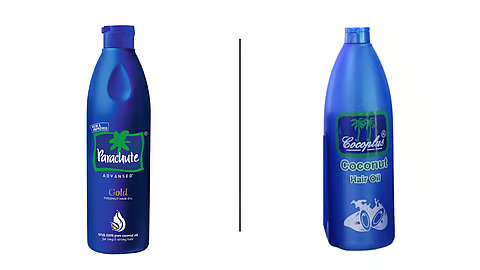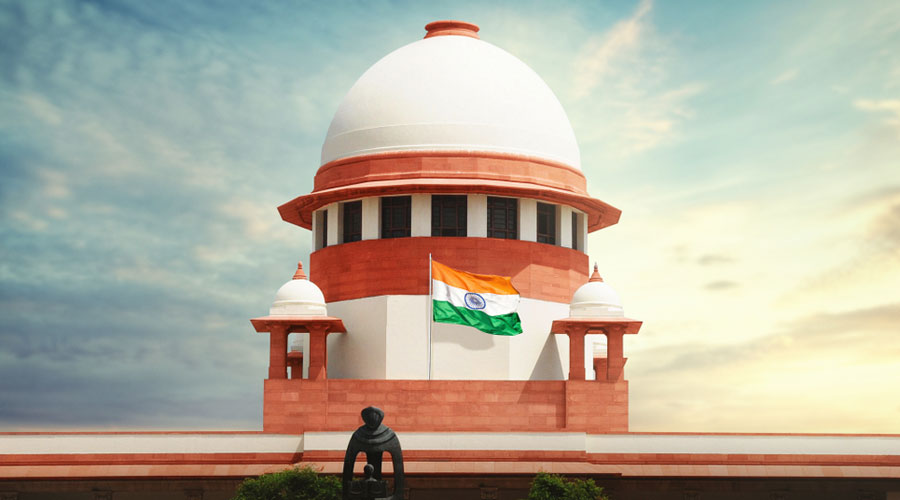Introduction:
After filing a trademark application, many applicants receive an objection notice under Section 9 or 11 of the Trade Marks Act, 1999. Don't panic — a trademark objection is not a rejection, but a request for clarification or compliance. This blog explains what it means, why it happens, and how to respond.
⚖️ What Is a Trademark Objection?
A trademark objection is raised by the examiner during the examination phase if your application has issues related to distinctiveness, similarity, or legal violations.
You’ll see the status as: “Objected” .
⚠️ Common Reasons for Trademark Objection in India:
🔹 Lack of Distinctiveness (📝 Section 9)
– The name is too generic or descriptive.
– Examples: “Best Oil”, “Super Rice”, “Cool Milk”
🔹 Similarity to Existing Trademark (📘 Section 11)
– Your trademark is too similar to a registered or pending mark.
– This creates a risk of consumer confusion.
🔹 Incorrect Trademark Form or Documentation (📄)
– Filing errors, missing documents, or uploading in the wrong format.
– Common issue: Missing Form TM-48 or improper signature.
🔹 Use of Prohibited Words (🚫)
– Words restricted under trademark law, such as:
"National", "Government", "Gandhi", "Rashtrapati", etc.
– These require special permission or are completely banned.
🧾 How to Respond to Trademark Objection (Reply Process):
✅ Step 1: Download the Examination Report from IPIndia Portal.
✅ Step 2: Review the objection reason carefully (Section 9 or 11).
✅ Step 3: Draft a strong reply with legal justification — attach proof of usage (invoices, social presence, logo design, customer base).
✅ Step 4: File the reply using Form TM-M within 30 days.
✅ Step 5: If required, attend the hearing scheduled by the Trademark Registry.
📣 What If You Don’t Respond?
❌ Your application will be "Abandoned".
❌ You may lose brand rights permanently.
⚠️ You will need to reapply and pay again.






